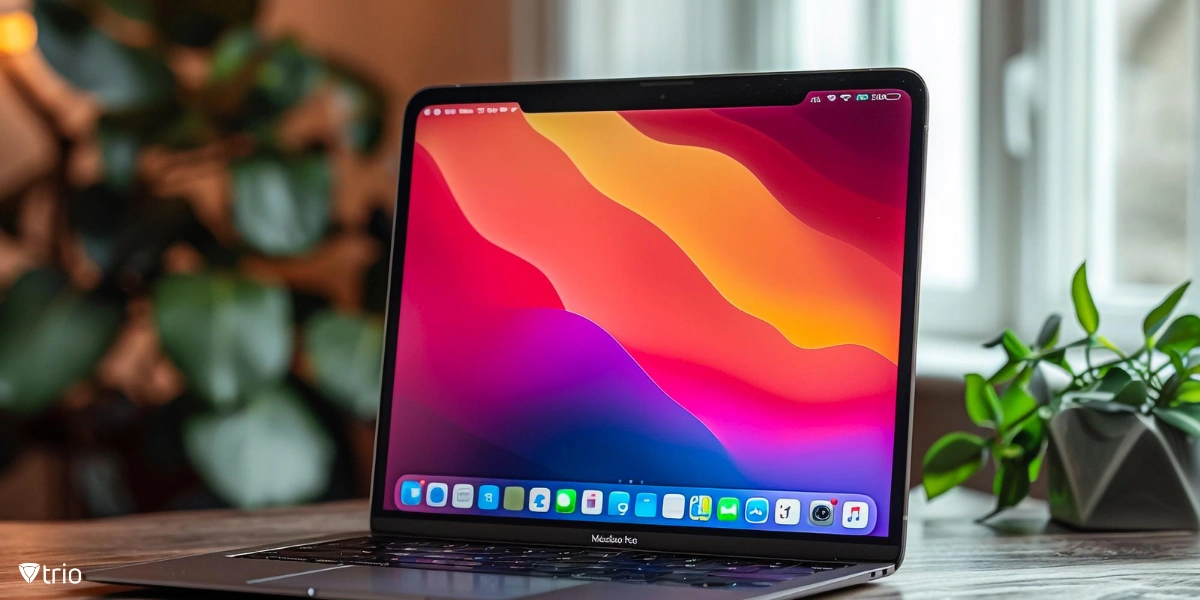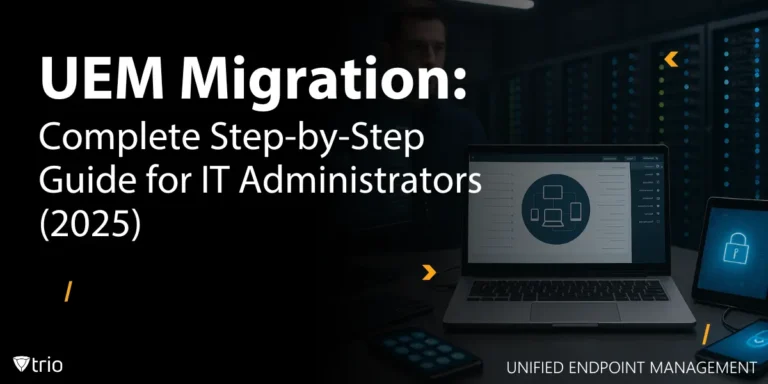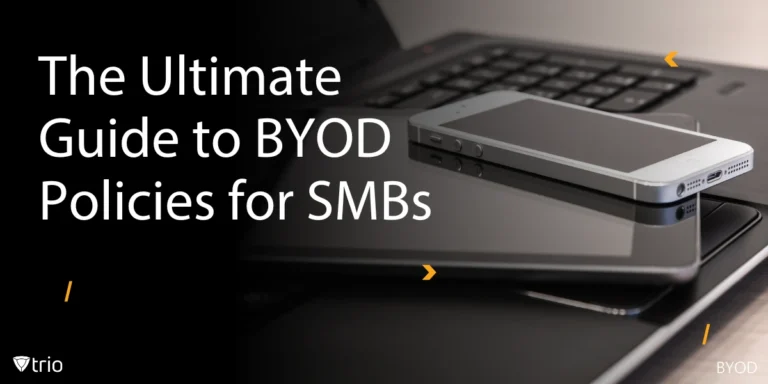As cybersecurity threats continue to evolve, many Mac users may assume they’re immune to the same vulnerabilities affecting other operating systems. However, while Macs are generally known for their strong security, they are not invulnerable. This is where XProtect, Apple’s built-in antivirus solution, comes in. XProtect works behind the scenes to protect Mac devices from malware, viruses, and other threats, providing users with an essential layer of defense.
In this blog, we’ll dive deep into how XProtect works, its role in safeguarding your Mac, and why you should still consider using additional security measures, especially if your business operates in a mobile or remote environment.
What Is XProtect on Mac?
XProtect is Apple’s built-in anti-malware tool that is integrated into macOS. First introduced in 2009, XProtect works by using signature-based detection to identify and block known malware threats. It operates silently in the background, requiring no user intervention to function, and its updates are included as part of regular macOS updates.
The primary goal of XProtect is to provide a basic layer of protection against known malware without impacting the overall user experience or system performance. While XProtect is not as fully featured as third-party antivirus solutions, it does offer a strong foundation of security for everyday Mac users.
How to Use XProtect for Mac
XProtect operates in a way that is largely invisible to the user, scanning files and applications as they are downloaded or executed. Here’s a breakdown of how XProtect works:
1. Signature-Based Detection
XProtect uses a list of known malware signatures that Apple maintains and regularly updates. When a file or app is downloaded or launched on your Mac, XProtect compares its code to this list. If a match is found, the malicious file is quarantined and blocked from running.
2. Automatic Updates
One of the key strengths of XProtect is its automatic updates. Since Apple maintains the malware signature list, updates are pushed to all Mac devices through regular macOS updates. This ensures that XProtect is always able to detect the latest known threats, without the need for manual updates.
3. Seamless Integration
XProtect is deeply integrated into macOS, which means it runs efficiently and without causing any disruptions to your workflow. Unlike third-party antivirus software that might slow down your system with constant scans, XProtect is optimized for Mac devices, ensuring minimal performance impact.
The Strengths of MacOS XProtect
Some of the strengths of XProtect include:
1. Built-In and Free
One of the most significant advantages of XProtect is that it comes pre-installed on all Mac devices at no additional cost. It’s enabled by default, meaning users don’t need to configure or install anything to start benefiting from its protection. For everyday users, this convenience provides peace of mind knowing that their system has a baseline level of security from day one.
2. Automatic Updates
With malware evolving rapidly, keeping protection tools up to date is crucial. XProtect's automatic updates ensure that the latest malware threats are addressed without requiring user interaction. This feature helps prevent zero-day attacks and keeps systems protected against the newest vulnerabilities.
3. Low Impact on Performance
XProtect’s lightweight nature ensures that Mac devices maintain optimal performance even while being scanned for malware. Unlike some third-party security solutions that may slow down your system, XProtect operates quietly in the background without consuming significant resources.
Limitations of XProtect
While XProtect is an essential security tool, it’s important to understand its limitations. Here are a few areas where XProtect may fall short:
1. Limited to Known Malware
XProtect relies on signature-based detection, which means it can only detect malware that Apple has already identified. This leaves Macs vulnerable to zero-day threats—malware that has not yet been added to the XProtect signature database.
2. No Comprehensive Security Features
XProtect lacks many of the advanced features found in third-party security suites, such as real-time behavior monitoring, firewall management, phishing protection, and ransomware detection. For businesses or users who require comprehensive protection, XProtect may not be enough.
3. Lack of User Control
XProtect runs entirely in the background, offering no user interface or configuration options. This might be convenient for casual users, but IT administrators may prefer a solution that provides more control and visibility over security settings and logs.

Should You Rely Solely on XProtect?
For average users, XProtect provides a solid foundation of security. Its seamless integration, automatic updates, and low resource usage make it an excellent choice for everyday protection against known malware. However, for users with more sensitive data or those in high-risk environments—such as businesses or remote workforces—relying solely on XProtect might not be enough.
If your organization manages a large number of devices, including Macs, using a Mobile Device Management (MDM) solution like Trio can help enhance your security posture. MDM solutions allow IT administrators to deploy additional security measures, monitor devices, enforce security policies, and manage updates across all devices in the network.
Strengthening Security with Additional Solutions
While XProtect offers a basic layer of malware protection, many organizations choose to supplement it with additional third-party antivirus and anti-malware solutions. These solutions often offer real-time monitoring, broader threat detection capabilities, and more robust protection against phishing attacks and ransomware.
Firewalls
Adding a firewall can further protect your network by blocking unauthorized access and monitoring traffic. For businesses, deploying firewalls alongside XProtect can help secure the network perimeter, especially in environments where employees are working remotely.
Anti-Phishing Protection
XProtect does not offer built-in protection against phishing attacks, which remain one of the most common forms of cyberattack. Phishing protection tools can help identify suspicious emails and links, preventing users from falling victim to scams.
Ransomware Protection
Ransomware is an increasingly prevalent threat, and while XProtect may catch some ransomware strains, a dedicated anti-ransomware solution provides more comprehensive protection. These tools monitor suspicious behavior in real-time and can help prevent your data from being encrypted and held for ransom.
XProtect in an MDM Environment
For businesses that rely on Mac devices, managing security across multiple endpoints can be challenging. Trio’s MDM solution enables organizations to centrally manage the security of all their devices, including applying additional security measures that go beyond what XProtect offers.
With Trio MDM, the best Apple MDM available, IT administrators can:
- Enforce security policies across all enrolled devices.
- Ensure all devices have the latest macOS and XProtect updates.
- Deploy third-party security solutions alongside XProtect for more comprehensive protection.
- Monitor device activity and address security threats in real time.
Conclusion: Is XProtect Enough?
XProtect is an excellent built-in security solution for Mac users, offering essential protection against known malware with minimal impact on performance. However, for businesses or users handling sensitive data, it’s important to supplement XProtect with additional security measures like firewalls, anti-phishing tools, and ransomware protection.
By combining XProtect with a robust MDM solution like Trio, organizations can create a multi-layered defense that ensures both endpoint security and centralized management. This approach provides the flexibility to address new and emerging threats while maintaining control over device security.
Want to enhance your Mac security management? Try Trio MDM for free and discover how to protect your devices with ease. Start your free trial now.
Get Ahead of the Curve
Every organization today needs a solution to automate time-consuming tasks and strengthen security.
Without the right tools, manual processes drain resources and leave gaps in protection. Trio MDM is designed to solve this problem, automating key tasks, boosting security, and ensuring compliance with ease.
Don't let inefficiencies hold you back. Learn how Trio MDM can revolutionize your IT operations or request a free trial today!





